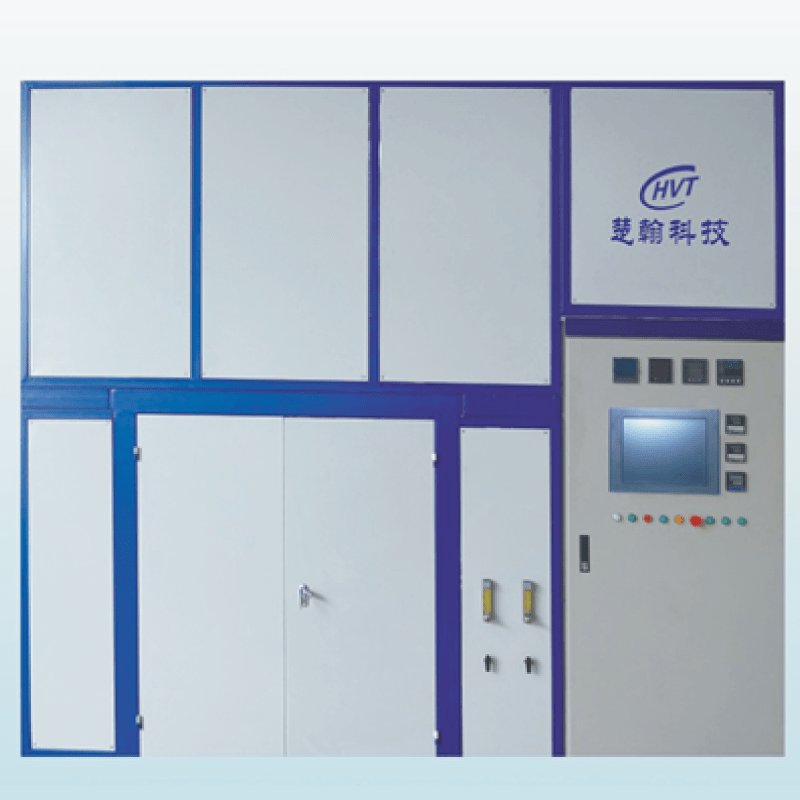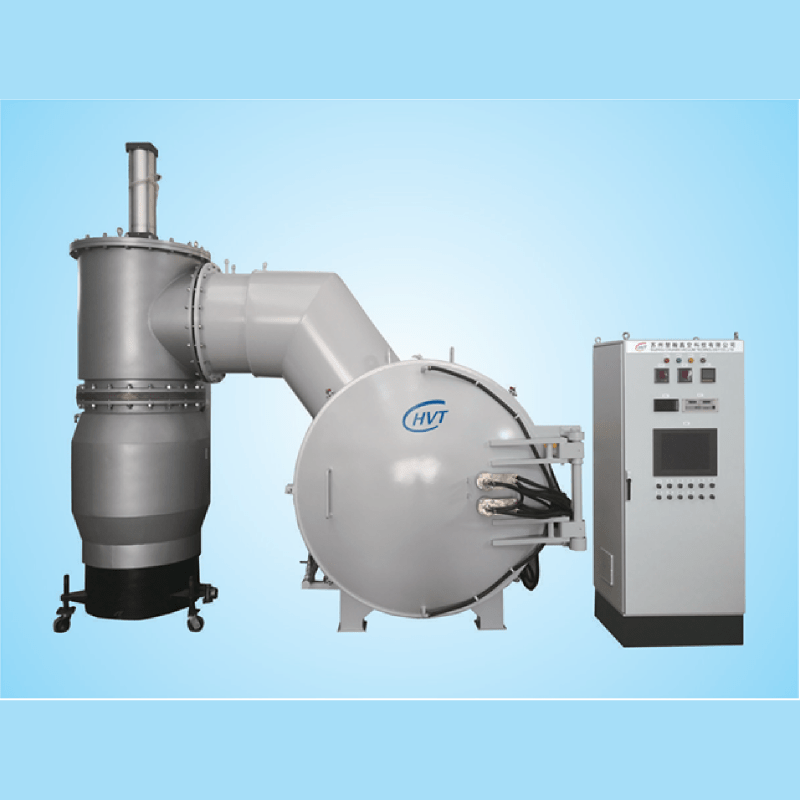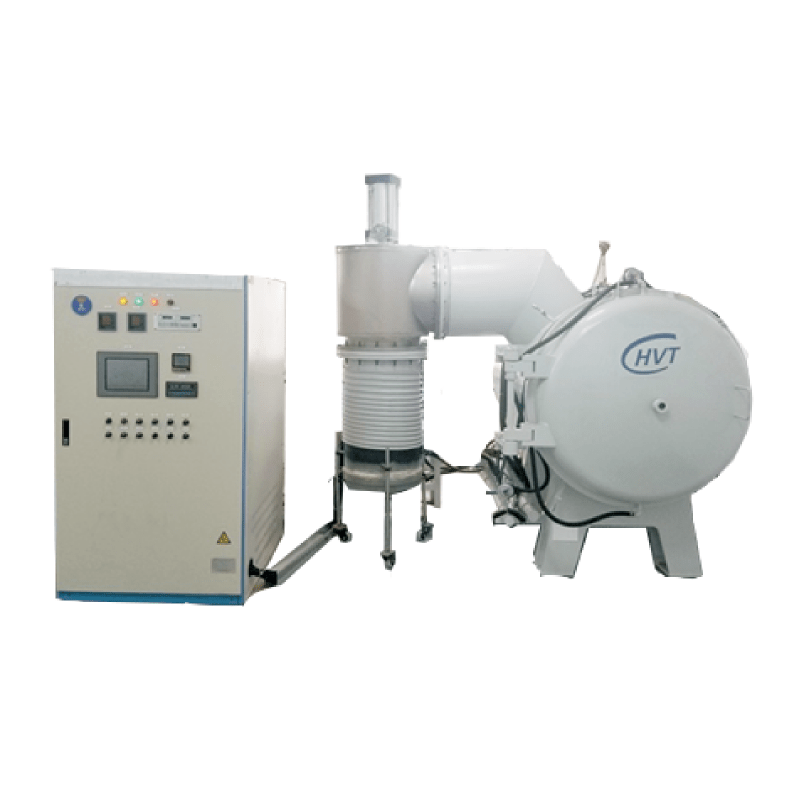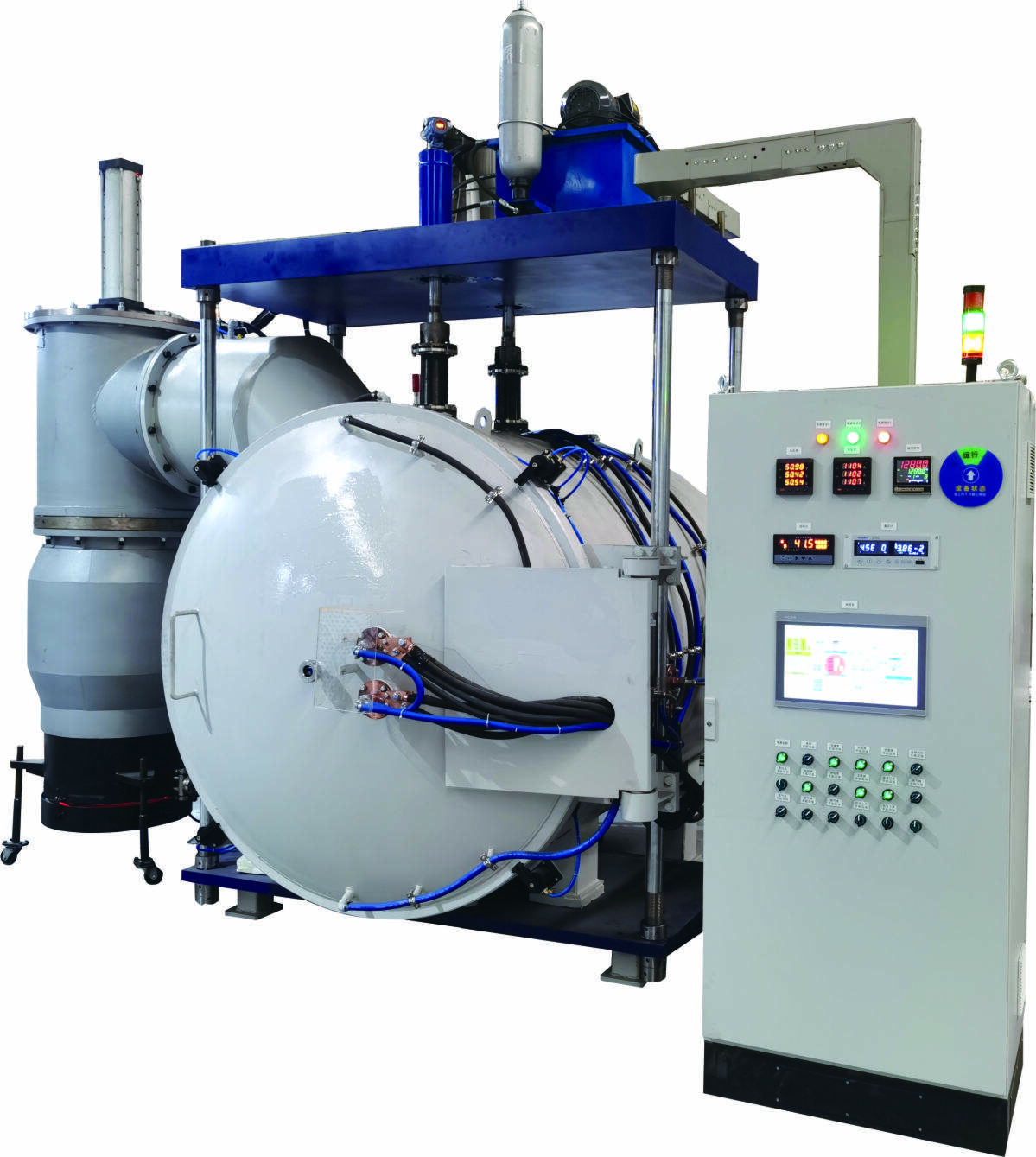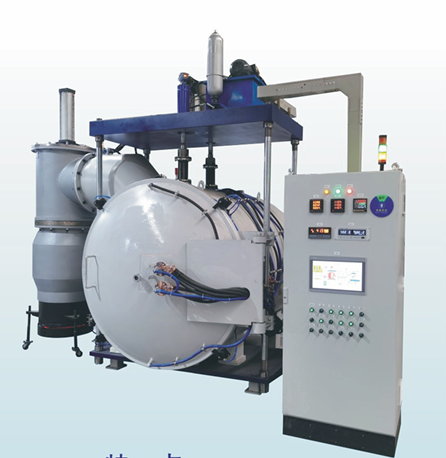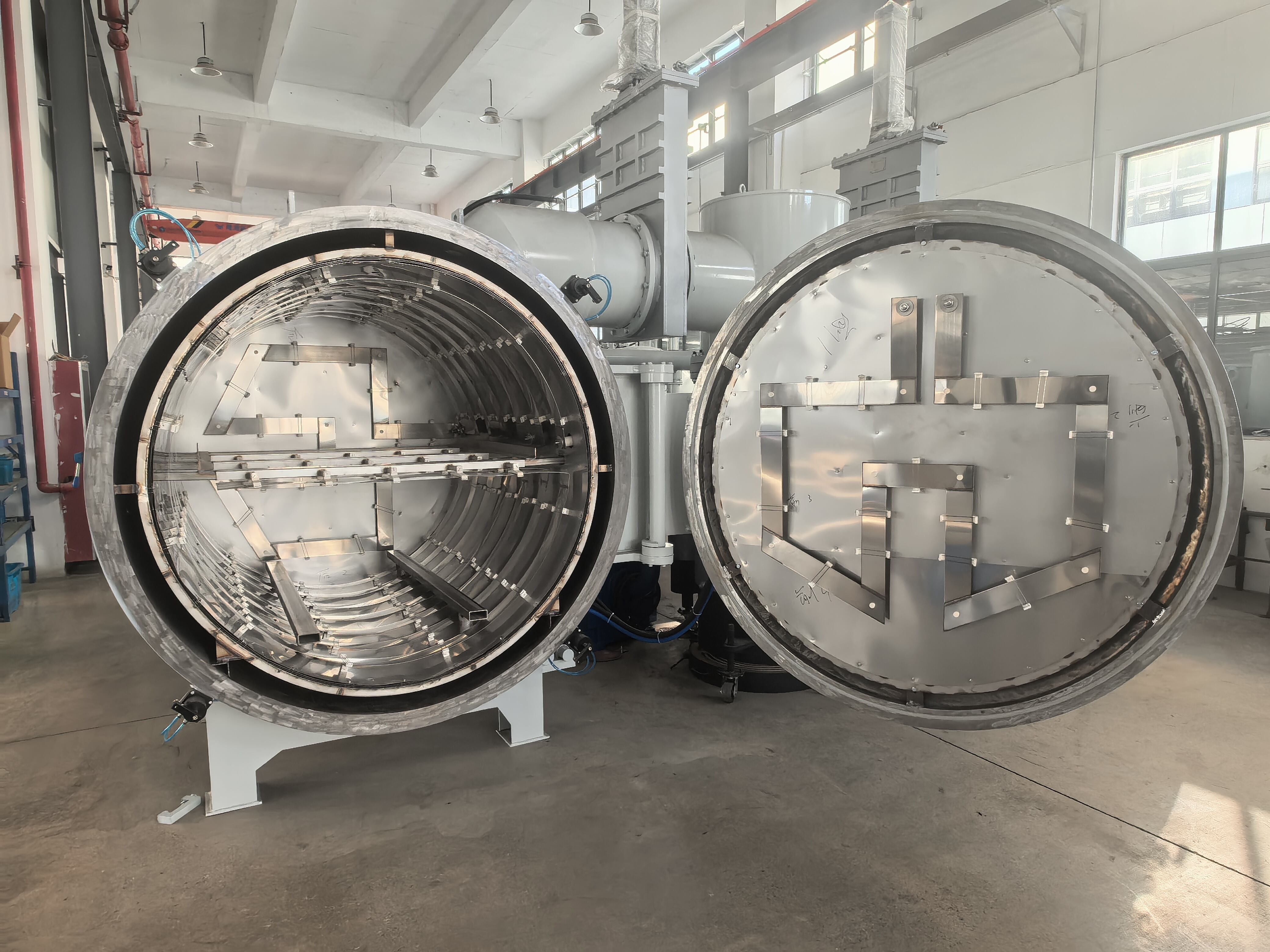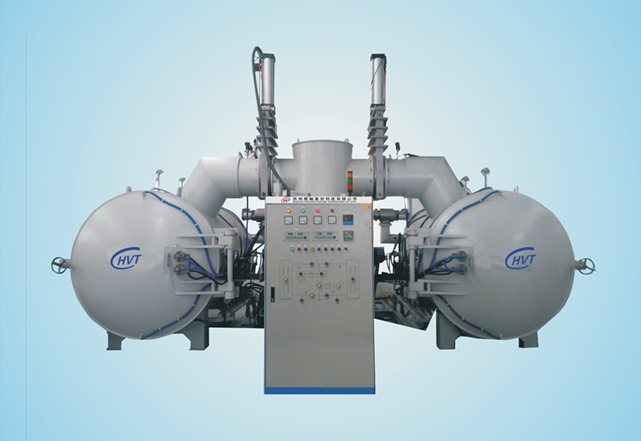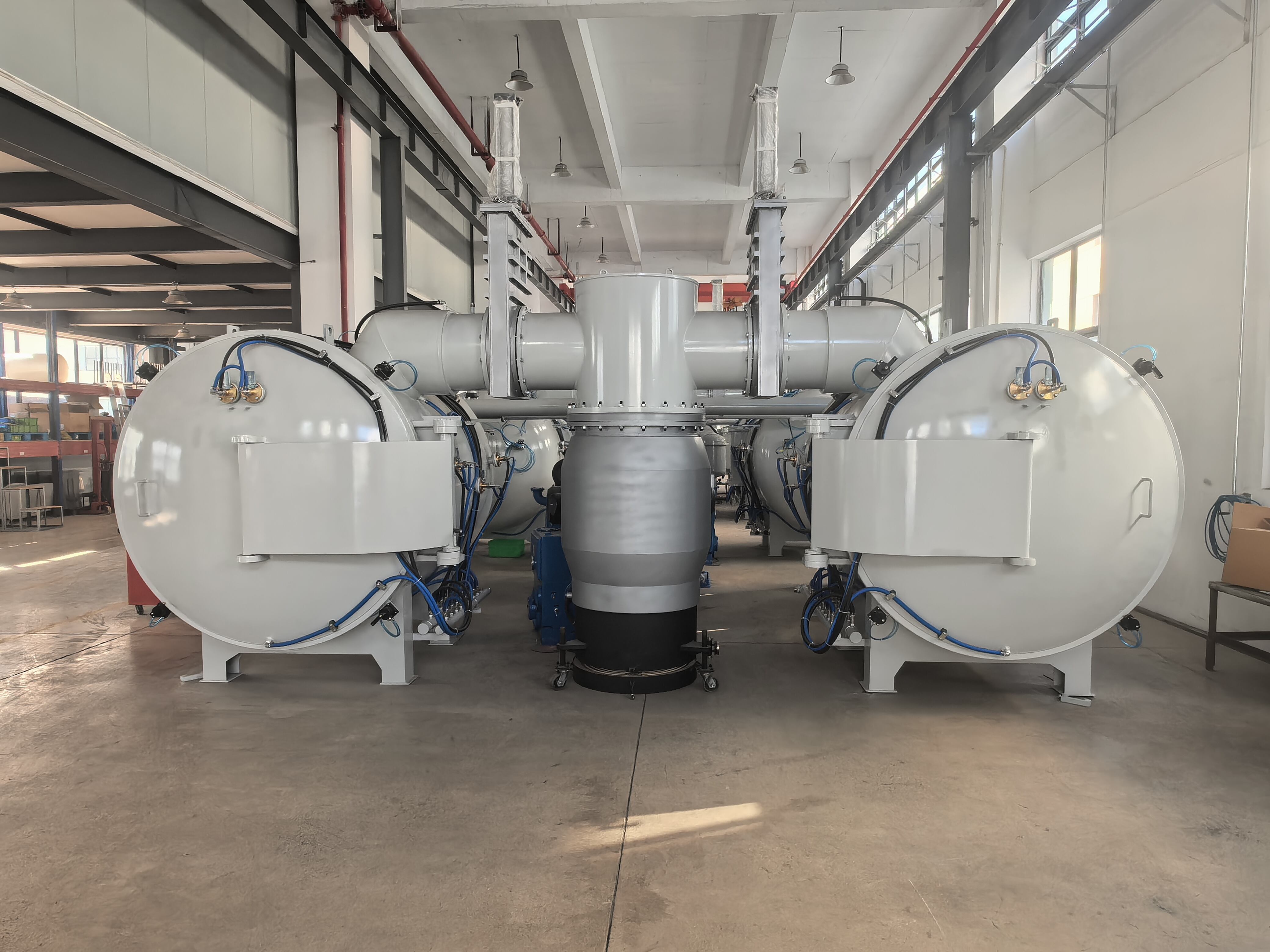induction heating furnace
An induction heating furnace represents a cutting-edge solution in modern industrial heating applications, utilizing electromagnetic induction to generate heat directly within the workpiece. This sophisticated system operates by creating a high-frequency electromagnetic field that induces electrical currents within conductive materials, producing rapid and efficient heating. The furnace consists of an induction coil, power supply unit, cooling system, and control interface that work in harmony to deliver precise temperature control and consistent heating results. The technology excels in various industrial processes, including metal melting, heat treatment, forging, and precision manufacturing. One of its defining characteristics is the ability to generate heat without direct contact, allowing for clean, controlled, and highly efficient heating processes. The furnace's versatility enables it to handle different material sizes and compositions, making it suitable for both small-scale operations and large industrial applications. Modern induction heating furnaces incorporate advanced digital controls, allowing operators to program specific heating profiles, monitor temperature variations, and maintain optimal energy efficiency throughout the heating cycle. This technology has revolutionized industrial heating by offering faster processing times, reduced energy consumption, and superior quality control compared to conventional heating methods.

